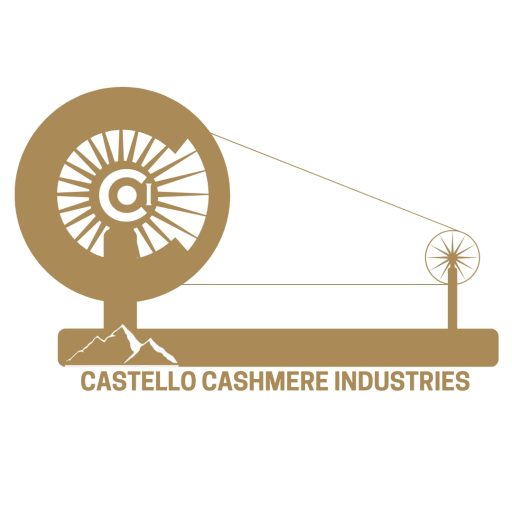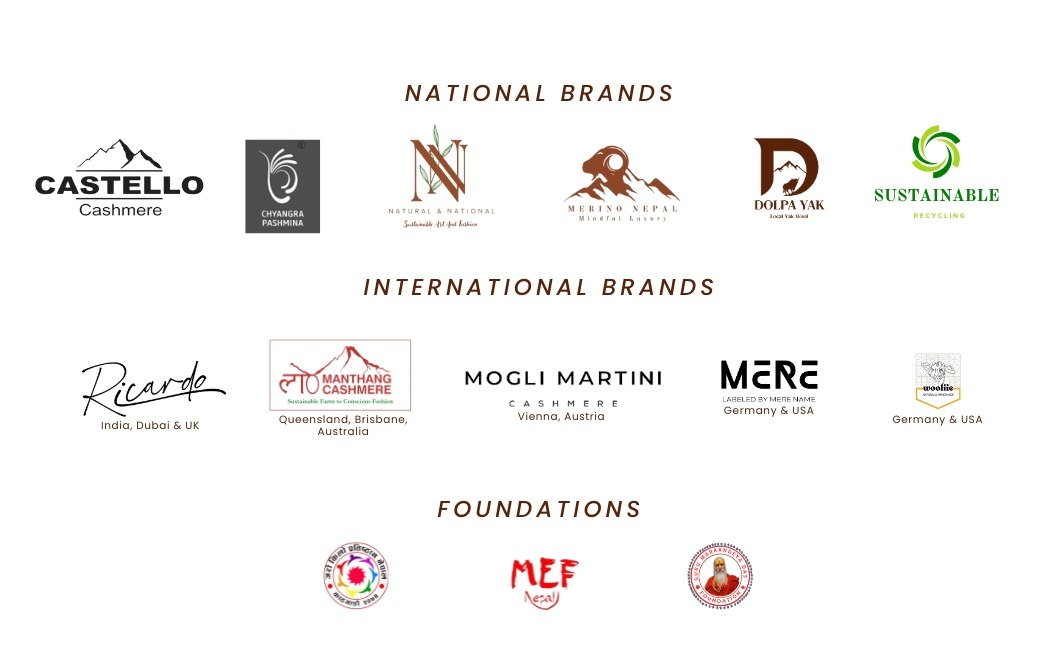Build Your Brand with Castello Cashmere Industries (CCI)
A Guide to Crafting an Eco-Conscious and Ethical Business
Introduction
What is a Sustainable Brand?
- A brand committed to sustainable practices, including environmental responsibility, ethical sourcing, and minimizing waste.
- Focuses on producing eco-friendly products that align with consumers’ values for sustainability.
Purpose of the Presentation:
- A step-by-step guide to building your own sustainable brand from scratch, focusing on eco-conscious practices, ethical sourcing, and transparency.
Step 1 – Define Your Purpose and Values
- Identify your brand’s core mission: Why are you creating a sustainable business?
- Establish values such as environmental responsibility, fairness, and ethical practices.
Why It’s Important:
- A strong foundation rooted in values and purpose will resonate with eco-conscious consumers and help differentiate your brand.
Step 2 – Understand Your Market and Audience
- Conduct market research to understand consumer values and demand for sustainable products.
- Identify your target market: consumers who prioritize ethical and eco-friendly products.
Why It’s Important:
- Understanding your audience allows you to tailor your product offerings and messaging to meet their expectations.
Step 3 – Develop Your Brand Identity
- Craft a unique brand name, logo, color scheme, and messaging that aligns with your sustainable mission.
- Ensure your brand identity reflects your values and resonates with your eco-conscious audience.
Why It’s Important:
- A clear, cohesive brand identity establishes recognition and builds trust with your audience.
Step 4 – Source Sustainable Materials
- Use eco-friendly materials that align with sustainability principles.
- Focus on both textile and non-textile materials that are ethically sourced and environmentally responsible.
Examples of Sustainable Materials:
- Textile: Cashmere, wool, silk, cotton, hemp, bamboo
- Non-Textile: Natural dyes, recyclable packaging, biodegradable materials
Why It’s Important:
- Material sourcing is crucial for the environmental footprint of your products. Choose eco-friendly materials to minimize harm.
Step 5 – Focus on Sustainable Fiber Choices
- Select fibers that are renewable, biodegradable, and ethically sourced.
- Animal-Based Fibers: Chyangra Cashmere, Yak Wool, Sheep Wool, Silk
- Plant-Based Fibers: Cotton, Bamboo, Allo, Hemp, Linen, Banana
Why It’s Important:
- The choice of fiber directly impacts your product’s sustainability and ethical profile. Plant-based fibers typically have a smaller environmental footprint than synthetic fibers.
Step 6 – Ensure Ethical Sourcing and Transparency
- Partner with suppliers and artisans who follow ethical standards.
- Promote transparency in your sourcing, production, and wages.
Why It’s Important:
- Transparency builds trust with your customers and aligns with their values of fairness and ethical responsibility.
Step 7 – Create a Strong Brand Story
- Share your journey and commitment to sustainability.
- Explain how your brand supports local artisans and communities, and how your product creation process minimizes environmental impact.
Why It’s Important:
- A powerful brand story connects emotionally with consumers and helps distinguish your brand in the marketplace.
Step 8 – Use Eco-Friendly Packaging
- Opt for sustainable packaging materials like recyclable, biodegradable, or minimal packaging.
- Reduce plastic use and focus on eco-conscious alternatives.
Why It’s Important:
- Packaging contributes significantly to waste, and eco-friendly packaging will reduce your brand’s overall environmental footprint.
Step 9 – Develop a Marketing Strategy
- Utilize digital platforms to promote your brand’s sustainability efforts.
- Collaborate with eco-conscious influencers or other brands to expand your reach.
Why It’s Important:
- Marketing your sustainable brand effectively ensures it reaches the right audience and builds brand loyalty.
Step 10 – Monitor, Adapt, and Improve
- Regularly evaluate your brand’s environmental and social impact.
- Make adjustments and innovations to further improve sustainability practices.
Why It’s Important:
- Sustainability is an ongoing journey. Regular assessment and improvements ensure long-term impact and consumer trust.
Handicraft Industry Overview
Textile Handicraft Materials:
- Animal-Based Fibers:
- Chyangra Cashmere
- Yak Wool
- Sheep Wool
- Silk
- Blends
- Plant-Based Fibers:
- Cotton
- Bamboo
- Allo
- Hemp
- Linen
- Banana
- Blends
Why It’s Important:
- Understanding your raw materials helps ensure the sustainability and ethical sourcing of each product in your collection.
Conclusion
- Recap: A sustainable brand is built through mindful choices, transparency, and commitment to ethics.
- Action: Take the first steps in defining your purpose and values and continue growing your sustainable brand with intention and care.
Thank you!
Contact Number
+977 9851154156 | 9860311951 | 9849774773
bolakeprakash@gmail.com
www.castellocashmere.com
Tyanglaphat, Kirtipur, Nepal

